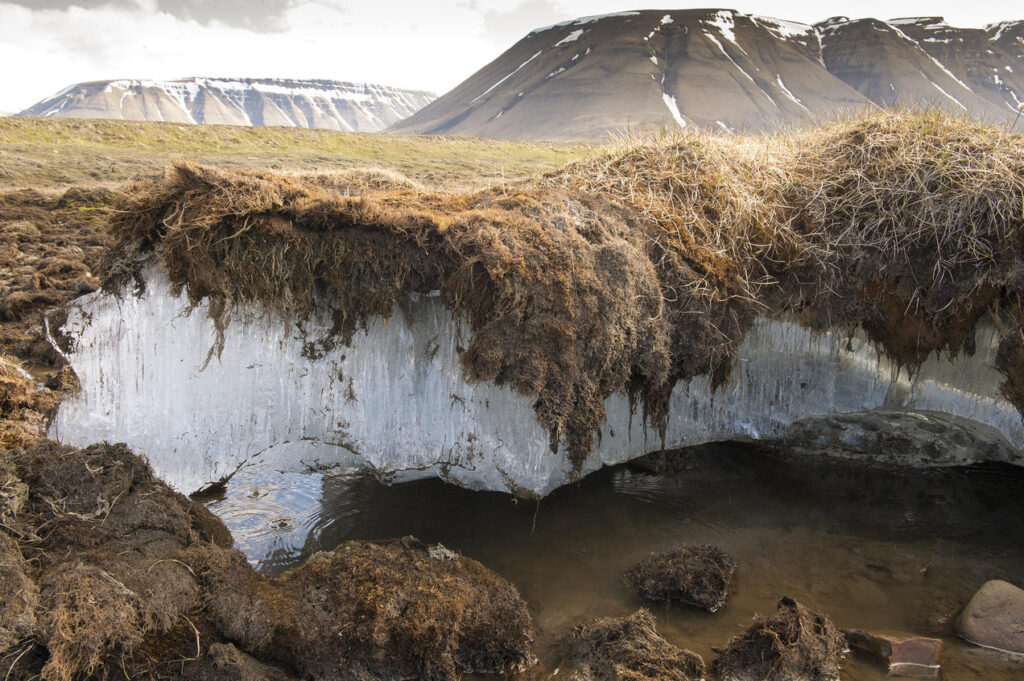Climate change has already started critically affecting the world around us, and with its prevalence around the world, it would seem like we already know everything about the dangers of climate change. But it definitely has more surprises in store for us. Viruses have been frozen in permafrost, a frozen terrain that is now melting due to climate change.
It has already affected us
This is not merely a hypothesis about what could happen; instead, this has already taken place. In 2016, an outbreak of anthrax, caused by an unfrozen reindeer carcass, infected eight and killed one.
Dr. Romanovsky, a professor of geophysics at the University of Alaska Fairbanks and an expert in permafrost, said “The increase in the active layer started in the 1990s and the long-term thawing of the permafrost only started very recently, the last 10 years or so. It’s just the beginning. But it will accelerate with time, and we should expect the degradation of permafrost to pick up over the next few decades.”

Viruses need hosts to survive. Fortunately for us, there are not many options for the bacteria in the arctic, but humans are now exploring the area and excavating large layers of permafrost.
Dr. Abergel said “if [the viruses] come into contact with a proper host then they will reactivate. So if you put a human in a place with frozen viruses associated with a pandemic then those humans could be infected and replicate the virus and start a new pandemic.”
The viruses themselves are not the problem, if and only if they get hosts are we in trouble because only then do the viruses have the means to start a pandemic.
Greenhouse gases add to the problem
Furthermore, the permafrost has accumulated thousands of years worth of carbon and when it thaws it could boost global warming. Due to how old it is (most permafrost has been around since the Ice Age), it has managed to gather a lot of carbon and methane. Some experts even say that there is almost double of those gasses in the permafrost than in the atmosphere. Both of those gasses also happen to be major greenhouse gasses.
A team of scientists has revealed that the permafrost is melting much quicker than any of them had anticipated by 20%. If the temperature increases 1 ºC higher than pre-industrial levels, the amount of permafrost that would melt would be larger than the subcontinent of India.
All this proves that climate change still has many surprises in store for us. Hopefully, we will be able to stop the permafrost from melting or else pandemics and climate change will wreak havoc across the globe.
By: Niharika Rajeev

